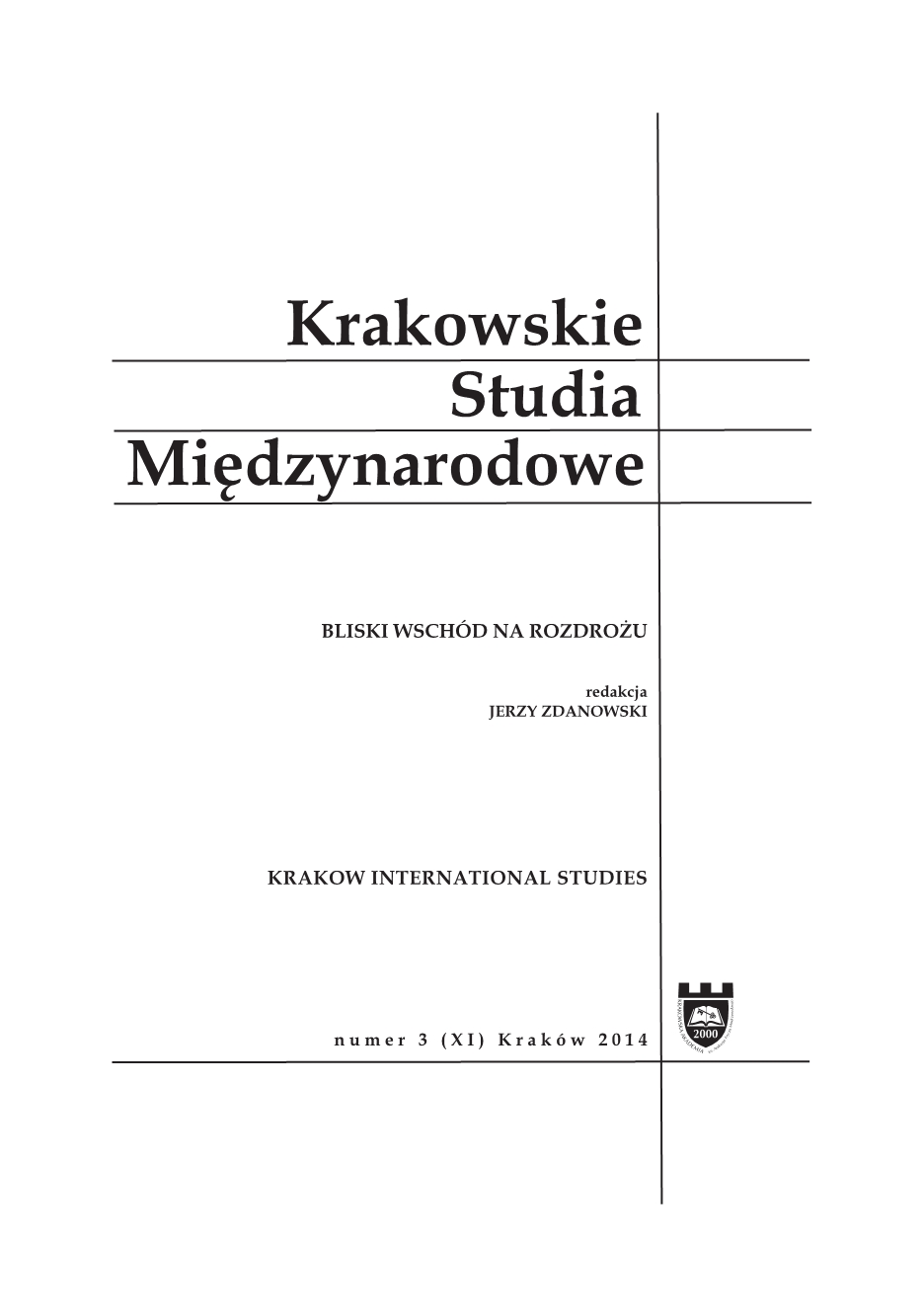
We kindly inform you that, as long as the subject affiliation of our 300.000+ articles is in progress, you might get unsufficient or no results on your third level or second level search. In this case, please broaden your search criteria.

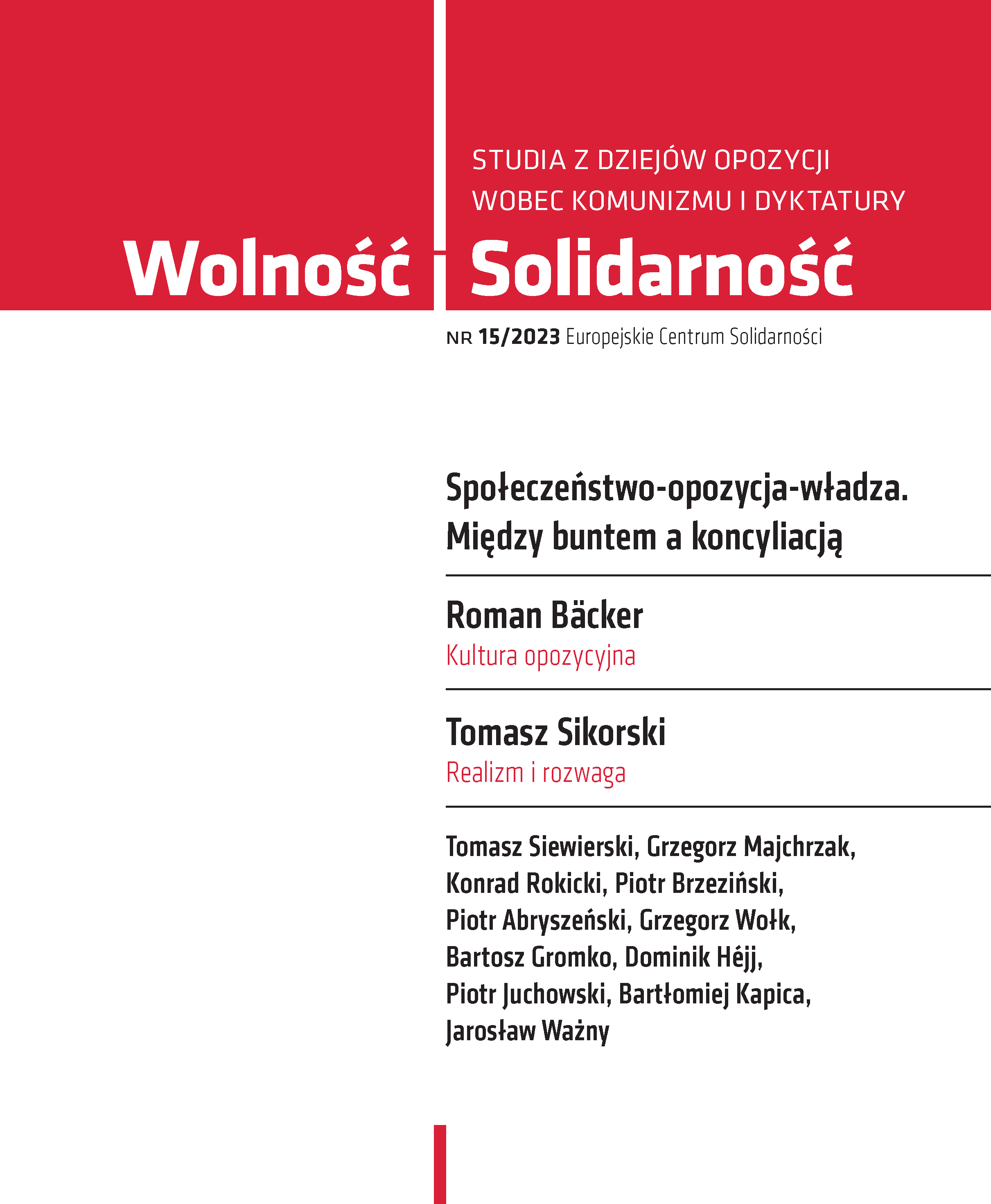
The aim of this text is to create a conceptual apparatus (a categorial grid) that would make it possible to explain all possible manifestations of oppositional culture in autocratic regimes. I distinguish two basic understandings of oppositional culture: social and domain-specific. The first is the totality of disapproval attitudes towards an autocratic political regime. The latter includes all manifestations of artistic creativity that are critical of the existing political regime. I distinguish three basic typologies of opposition cultures in the latter sense due to the following criteria: organizational shape, place of artistic expression and levels of negation of a given regime. The first typology concerning the organizational shape allows for the differentiation of opposition culture entities due to their numbers and the strength of social bonds created while performing this social role. The second typology makes it possible to define the space of freedom for the subjects of the opposition culture, and the third one – the level of refutation of a given political system.
More...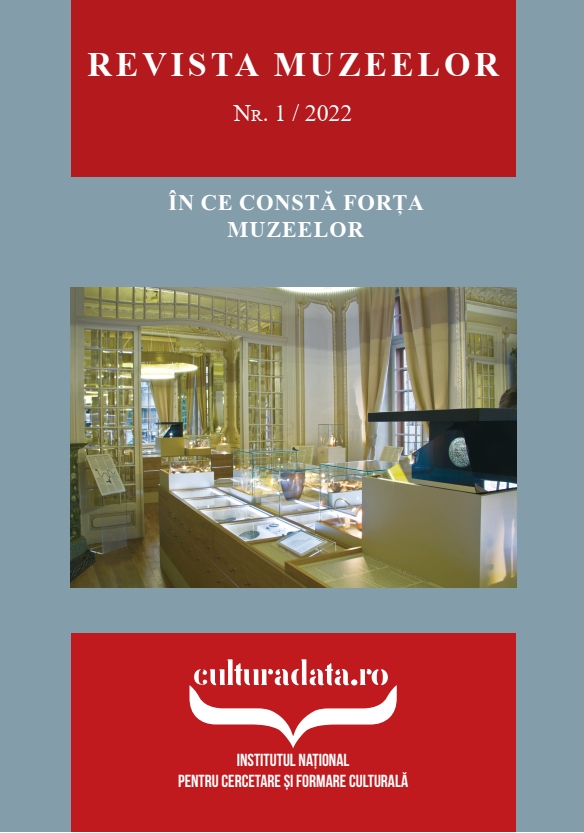
What is the strength of the museum? The answer can be summarized briefly by listing two strong and distinctive points that define this institution in its essence. The museum is a device that generates time and, on the other hand, operates with the authentic object, giving the possibility of a direct interaction with the reality of visitors. Even in case of considerable intervention by contextualization of the museum object, the visitor has the possibility to establish a direct, present and sufficiently intimate connection with at least a fraction belonging to the object itself, which intervenes in the knowledge of the truth. In contrast stand replicas or copies of objects with which we are continuously bombarded in a time of constant processing and manipulation of reality through computers and their software. In this paper I argue for the two fundamental features of the museum and I try to prove that they have an indispensable role from a cultural point of view, which cannot be replaced by other media, considered by some, competitors.
More...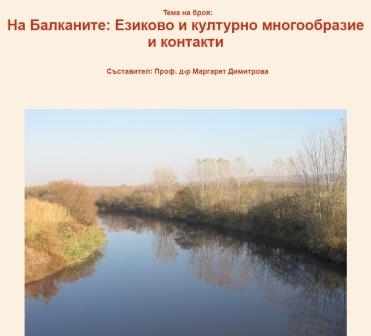
This article traces the use of the future particle i/j ‘shall, will’ in Bulgarian dialects spoken in the region of the Sredna Gora to Middle Northern Bulgaria, in South-Eastern Bulgaria, and in Bessarabia. The authors argue that this phenomenon is one of the characteristic features of the socalled Chijshij Bulgarian dialects in Bessarabia and that, in them, it is inherited from the dialects in the region of Sredna Gora which is the land of origin of the above-mentioned Bulgarian dialects in Bessarabia.
More...
This article discusses future tense particles in a Bulgarian dialect spoken in European Turkey (in the villages around the towns of Uzunköprü and Babaeski). The dialect is spoken by Muslim Bulgarians who left Bulgaria at the end of the 19th century or later. Most of them originate from Middle Northern Bulgaria but some of them have come to this place from Northern Greece and have mixed with the others. There is a variety of future tense particles in the dialect under consideration: ša, sa, za, ža ‘shall, will’. The authors show examples of the use of the above mentioned particles and draw conclusions about their origin in the dialect analyzed.
More...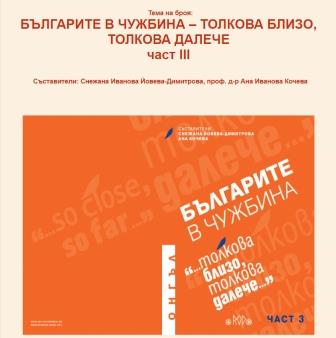


Results from an online research and observations of Bulgarian migrant communities’ organizations within and outside Europe due to Covid-19 pandemic. Main pillars are the 123 connections with the homeland, the hosting country, and with the local community, mechanisms for support, as well as forms of activities, festivity, and communal consolidation.
More...
The text presents the Bulgarian church community “Nativity of the Vir-gin Mary” in Geneva, which is part of the Western and Central European Diocese of the Bulgarian Orthodox Church. It contains thoughts shared by Bulgarians participating actively in the development of the newly-created church community. The article focuses on different aspects of parish life: church services, social initiatives, educational activities, etc. It also exam-ines the question of how restrictive measures during a pandemic affect a young church community.
More...
The article is interpreting the problem about the way of self-distinction of the Bulgarian minority in the area Sredska Jupa, located on the territory of Kosovo Republic. It is well preserved due to the mountain terrain and the natural isolation of the region and its origin leads back to the years of pros-perity of the First and the Second Bulgarian kingdom. The interest, which the language of the people from the region inflicts, is due to not only the compilation of archaic signs with modern tendencies in the development of the Bulgarian language, but with the possibility that through its research to be outlined the western border of the Bulgarian linguistic area too. The research is based fully on new linguistic material, collected on place during seven years while conducting courses of Bulgarian language, History and Literature for the candidate students from the area.
More...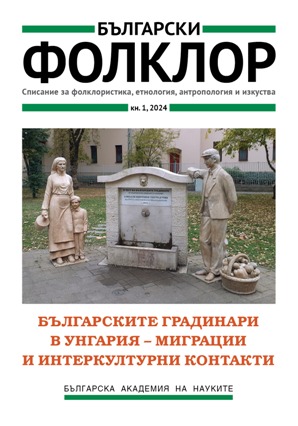

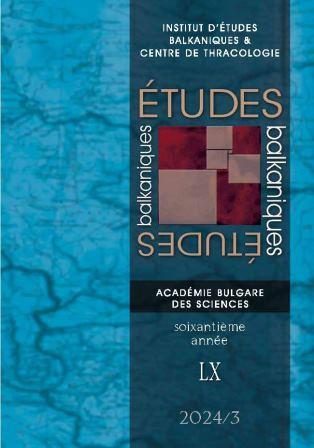
The article examines Vesna Parun’s journey to Bulgaria as a mental construction, whose optical framework is the meeting ground of the dialogue about borders and identities, about surmounting time and space, about the physical and its metaphysical dimension, about escape and return. Immersed in the waters of the “inner self”, the author focuses on suggestion in order to invigorate intuition and unravel the essence of her own existence. The brainchild of her deep self-reflection and philosophical insights, her contact with Bulgarian topoi, artists, historical and cultural realities is presented as an ontological route that is a rationale for creative inspiration and a condition for spiritual resurrection.
More...
In Croatian literature, there is a long tradition of travelogues from South Slavic countries. In this work, three travelogues of Vesna Parun, the great Croatian poet of the 20th century, are interpreted. Vesna Parun lived in Bulgaria for several years in the 1960s. In her book of essays, travelogues and feuilletons, Nedovršeni mozaik (1990), three Bulgarian travelogues were published: “More bez sunčevih zalazaka”, “Djevojčica i vjetar” and “Probuđeni bakrorez”.
More...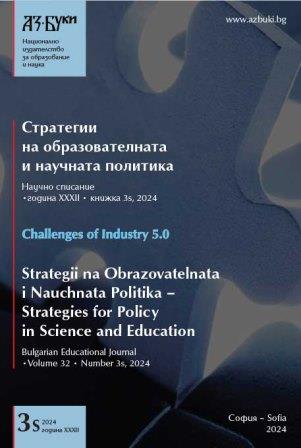
The paper discusses the role of the European Union’s Erasmus+ Mobility Programme in improving business education in universities around the world, with only one located in an EU member country. Based on a case study, the importance of matching basic provisions in the internationalization strategies of universities interested in pursuing such collaboration is highlighted. It also examines some of the more significant organizational prerequisites for the practical implementation of the partnership concept, as well as for monitoring and evaluating the outcomes of mobility and other associated joint activities.
More...
Industry 5.0 requires an innovative approach in every area of life, requiring us to think about protecting the environment, creating quality of life and increasing efficiency in industry. Despite the conflicting feelings it arouses in the discussions about the new place of man in the labor market, all experts agree that a qualitatively new approach is needed in the training of personnel who can quickly adapt to emerging changes. The presented research discusses the changes that occur as a result of Industry 5.0 and provides guidance for the training of personnel in higher education institutions through the creation of university clubs, where a direct connection between students, employers and teachers/researchers is made. As a result, a synergistic effect should be obtained from the accumulation of knowledge, skills and competences, which will increase the employability of young people, encourage the development of scientific products dictated by the needs of the industry and increase the competitiveness of partner companies.
More...
This article presents a dynamic determined factor analysis of labour productivity in the Bulgarian energy subsector for the period 2013 – 2022. The purpose of this article is to reveal the quantitative influences of the factors operating revenues and number of employed persons on the development of the indicator labour productivity in the Bulgarian energy subsector through the averaged chain substitution method. The quantitative influences of operating revenues and number of employed persons on the deviation of the labour productivity indicator in the energy subsector are outlined. The results of the deterministic factor analysis make it possible to draw reasonable conclusions and to reveal the trends in the development of the factors operating revenues and number of employed persons, as well as the indicator of labour productivity in the Bulgarian energy subsector.
More...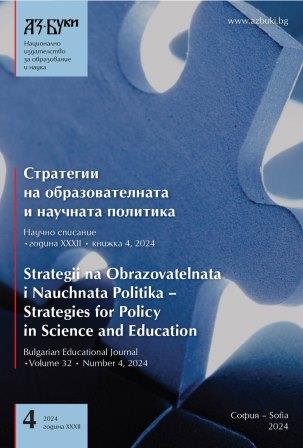
The specific force characteristics of state power structures play a major role when shaping the political and economic dynamics. They influence the processes of decision-making and they definitively define the distribution of public resources in each and every country or a group of formally united states.In this article, we will try to analyze how and in what way should be applied educational strategies for studying the complex interplay between the dynamic characteristics of the force structures of power, paying special attention to their formal and informal mechanisms of influence from different perspectives. Through analysis and subsequent synthesis of known theoretical frameworks, and based on empirical research, we will define a complex understanding of how power manifests itself both on the basis of formal organizational hierarchies and through contemporary informal social networks.The suggested research framework is based on the methodology of change, which is “enlightened” through the so-called architectural approach. This approach is applied inclusively in the complex and intricate dynamics of educational strategies, promoting its more equitable distribution of the power functions in the hierarchies of society as a whole and defining wider frameworks for coercive influence, through modern information and communication technologies.
More...

The article interprets the problem of socialisation and resocialisation of “feral” children on the example of real-life stories, folklore and literary works. A pedagogical commentary is made on trends, causes and results, as well as on educational and methodical approaches to the inclusion of children raised by animals in the wild.
More...